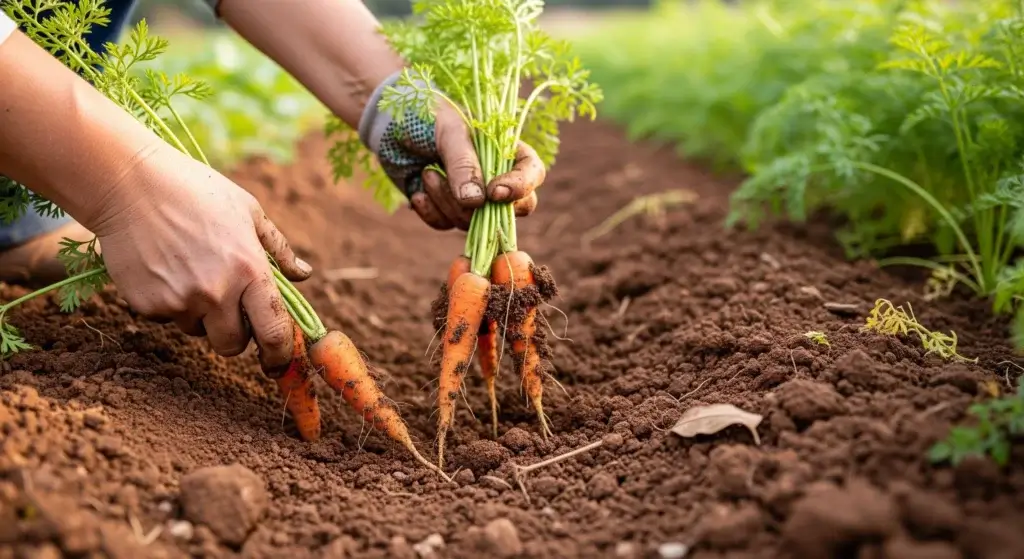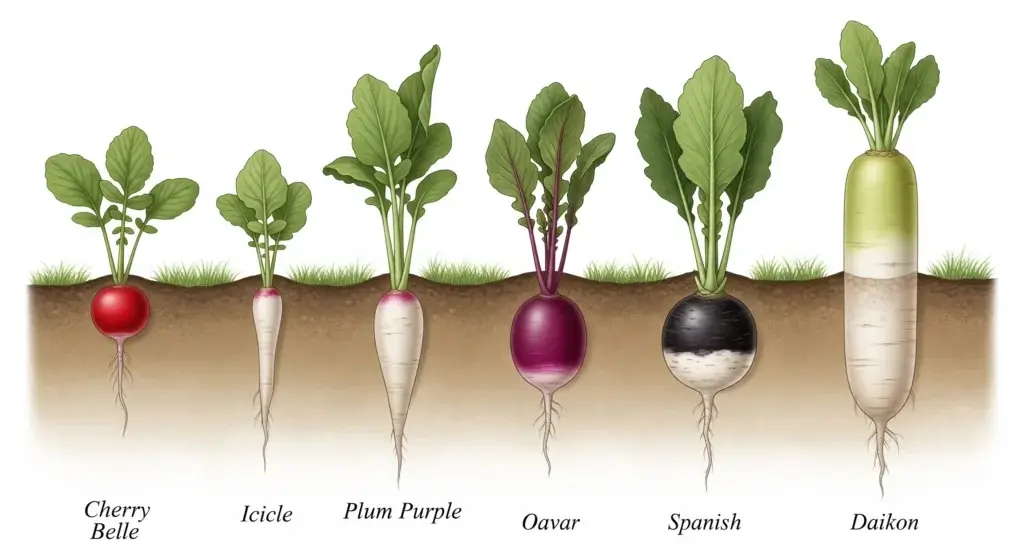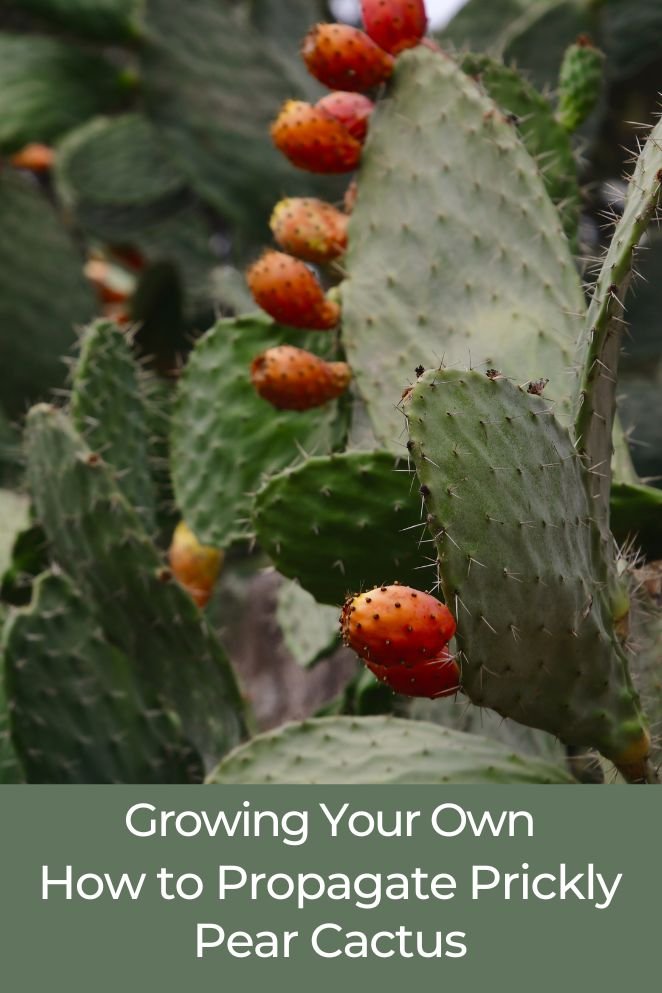
Prickly pear cactus, also known as nopales, is a popular succulent that can be easily propagated from pads.
Propagating prickly pear cactus is a cost-effective and rewarding way to grow new plants.
In this blog post, we will discuss the reasons for propagating prickly pear cactus, the essential supplies, and a step-by-step guide to propagation.
Why Propagate Prickly Pear Cactus?
Propagating prickly pear cactus offers several advantages, making it an appealing choice for both experienced gardeners and beginners alike.
Cost-effective
One of the key benefits of propagating prickly pear cactus lies in its cost-effectiveness.
Growing new plants from pads is a budget-friendly approach, saving gardeners the expense of purchasing mature plants.
This frugal method allows for the expansion of your cactus collection without straining your wallet.
- Read also: How to Propagate Snake Plants in Water
- Read also: How To Propagate Spider Plant In Water
Versatile
Prickly pear cactus stands out for its versatility, serving various purposes beyond ornamental landscaping.
Its pads, known as nopales, are not only visually appealing but can also be utilized as a food source.
Rich in fiber, antioxidants, and an array of vitamins and minerals, prickly pear cactus adds a nutritious element to your diet.
Nutritious
Prickly pear cactus is not only versatile but also highly nutritious.
It is rich in fiber, antioxidants, and various vitamins and minerals, making it a healthy addition to your diet.
Consuming prickly pear cactus can contribute to improved digestive health, reduced inflammation, and enhanced overall well-being.
Sustainable
Prickly pear cactus is a sustainable gardening choice due to its minimal water requirements and ability to thrive in dry, hot conditions.
Its efficient water usage makes it suitable for regions with limited water resources, promoting sustainable gardening practices and conservation efforts.
Bioenergy
The biomass of the prickly pear cactus can be utilized as a potential source of renewable energy.
It can be converted into heat, liquid, or gas through various bioenergy processes, contributing to the development of sustainable energy solutions.
Livestock feed
The pads of the prickly pear cactus are a valuable source of nutrition for livestock.
They provide essential nutrients and water, particularly in arid regions where forage may be scarce.
Incorporating prickly pear cactus into livestock feed can help support animal health and well-being.
Genetic diversity
Propagating prickly pear cactus from pads allows for the preservation and promotion of genetic diversity within the species.
Each plant is unique due to its genetic makeup, contributing to the overall resilience and adaptability of the species.
Easy propagation
One of the most appealing aspects of propagating prickly pear cactus is its ease of propagation from pads.
Whether you’re a novice gardener or an experienced enthusiast, the straightforward process of planting pads and watching them grow makes prickly pear cactus an accessible and rewarding choice for all.
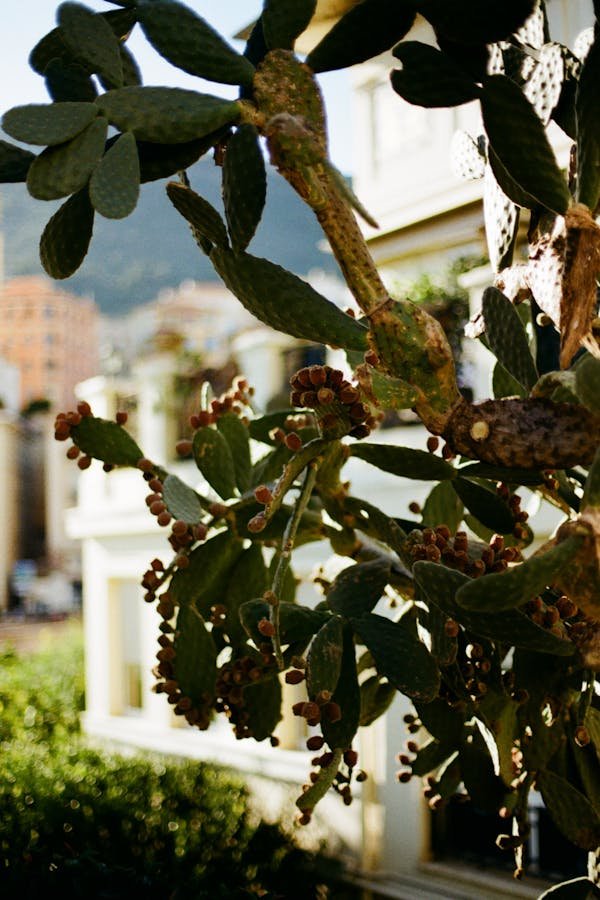
Essential Supplies
- Healthy prickly pear cactus: Emphasize the importance of choosing a healthy cactus pad for propagation.
- Sharp knife or pruning shears: Advise on using sterilized tools for clean cuts.
- Well-draining potting mix: Specify a cactus or succulent mix for optimal drainage.
- Gloves (optional): Mention gloves as an option for added protection when handling the prickly pads.
Step-by-Step Propagation Guide
Embarking on the journey of propagating prickly pear cactus is a rewarding endeavor, and following a step-by-step guide can make the process seamless.
Here’s a detailed breakdown to help you successfully propagate prickly pear cactus:
Step #1: Selecting a pad
Begin by choosing a healthy, mature pad that’s at least a few inches long.
A well-established pad will have a better chance of successful propagation.
Inspect the pad for any signs of damage or disease, opting for one that is robust and vibrant.
Step #2: Making the cut
With a clean and sharp tool, carefully separate the chosen pad from the mother plant.
Ensure a smooth and precise cut to minimize stress on both the mother plant and the pad.
This step is crucial in creating a healthy start for your new cactus.
Step #3: Callus formation
Allow the cut end of the pad to air dry and form a callus.
Place the pad in a dry, well-ventilated area for several days.
This callus formation is essential as it helps prevent rot during the propagation process.
A healthy callus acts as a protective barrier against potential infections.
Step #4: Planting the pad
Once the pad has formed a robust callus, it’s time to plant it.
Choose a pot filled with a well-draining cactus mix.
Plant the calloused pad upright in the pot, ensuring the cut end is slightly below the soil surface. This positioning promotes stability and encourages proper rooting.
Step #5: Watering and care
During the initial rooting period, water the planted pad sparingly.
Overwatering can lead to complications, so it’s essential to allow the roots to establish themselves.
Once the cactus is established, shift to a watering routine where you only water when the soil has completely dried.
This mimics the natural environment of the prickly pear cactus and promotes optimal growth.
Step #6: Provide bright, indirect sunlight
Place the potted prickly pear cactus in an area that receives bright, indirect sunlight.
While these plants thrive in sunlight, direct exposure for extended periods may lead to sunburn.
Finding the right balance ensures the cactus receives the light it needs without compromising its health.
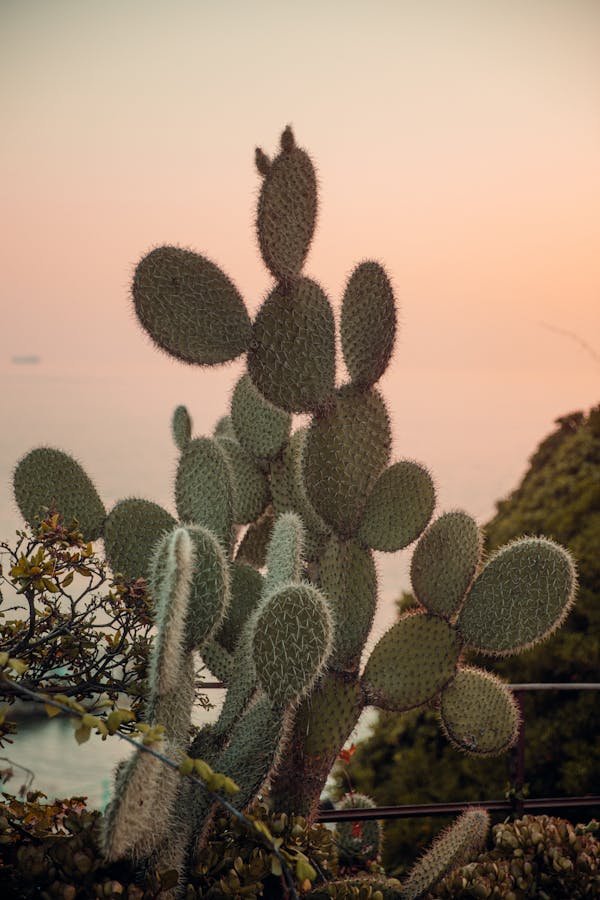
Additional Tips for Success
Achieving success in propagating prickly pear cactus can be further enhanced with additional tips and considerations.
Here are some valuable insights to complement your propagation journey:
Root hormone (optional)
While not essential, using a rooting hormone is an optional step that some gardeners choose to incorporate.
Rooting hormones contain substances that can potentially accelerate root development, leading to quicker establishment.
Multiple pads
Enhance your chances of success by propagating multiple pads simultaneously.
This strategy diversifies your efforts and increases the likelihood of having multiple healthy cactus plants.
Since not all pads may root successfully, having several in the propagation process improves your overall success rate.
Patience is key
Root development is a gradual process that requires patience.
It’s essential to resist the temptation to overwater or rush the growth of your propagated prickly pear cactus.
Overwatering can lead to root rot and other complications.
Suitable environment
Create an environment conducive to successful propagation.
Ensure the chosen pot has proper drainage to prevent waterlogged soil.
Select a location with adequate sunlight, keeping in mind the cactus’s preference for bright, indirect light.
Monitoring and adjusting
Regularly monitor the condition of the propagated pads.
Look for signs of healthy growth, such as the emergence of new spines or a firm texture.
If any issues arise, such as discoloration or softness, investigate and make adjustments as needed.
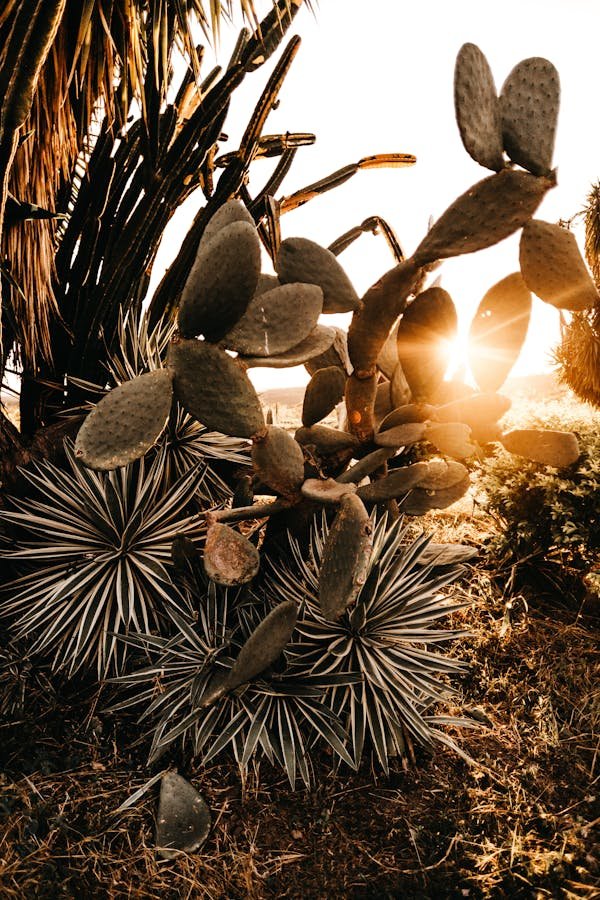
- Read also: How To Grow Epiphyllum Cacti with Success
- Read also: Purple Prickly Pear Cactus Care
Conclusion
Propagating prickly pear cactus is a simple and cost-effective way to grow new plants.
By following these steps and tips, you can successfully propagate prickly pear cactus and enjoy the benefits of this versatile succulent.

